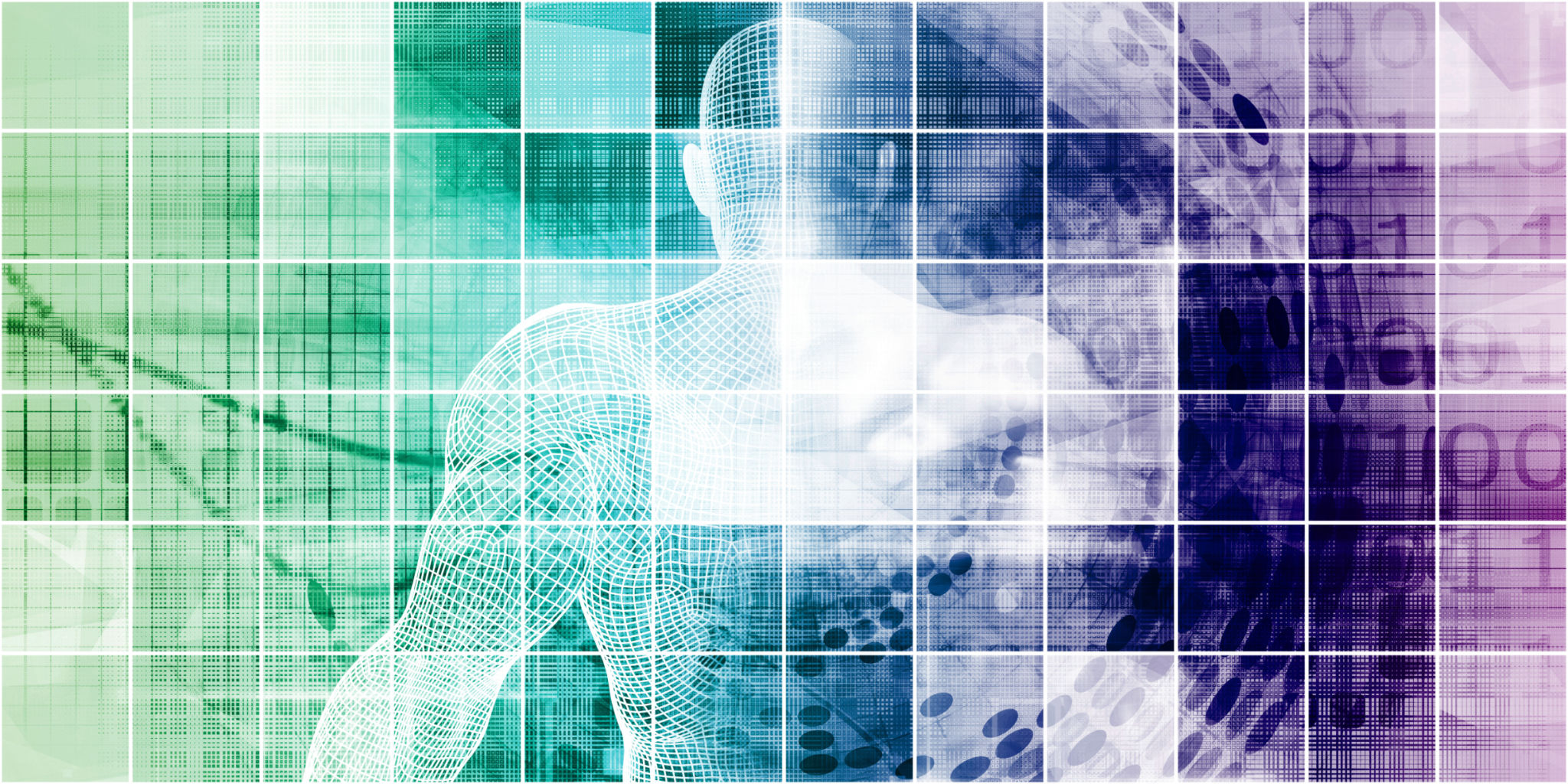The Role of Technology in Modern Medical Education
Introduction to Technology in Medical Education
The integration of technology in medical education has revolutionized the way future healthcare professionals are trained. With advancements in digital tools and platforms, medical students now have access to a wealth of resources and learning methods that were unimaginable just a few decades ago. This transformation has not only enhanced the learning experience but also improved the quality of healthcare education globally.

Simulation-Based Learning
One of the most significant technological advancements in medical education is the use of simulation-based learning. Simulators provide a safe and controlled environment where students can practice and hone their skills without the risk of harming real patients. These simulations range from simple task trainers to complex virtual reality systems that replicate real-life medical scenarios. The ability to repeatedly practice procedures ensures that students gain confidence and proficiency in their skills.
Benefits of Simulation in Medical Training
Simulation-based training offers numerous benefits, including:
- Hands-on Experience: Students can engage in practical exercises, which enhances their understanding and retention.
- Immediate Feedback: Simulations often come with feedback mechanisms that help learners correct mistakes and improve their techniques.
- Risk-Free Environment: Practicing in a simulated setting eliminates the risks associated with practising on real patients.

Online Learning Platforms
The rise of online learning platforms has made medical education more accessible than ever before. Platforms such as Coursera, Khan Academy, and specialized medical education websites offer courses and lectures from leading experts around the world. This accessibility allows students from diverse backgrounds to learn at their own pace, breaking geographical and financial barriers.
Interactive and Collaborative Tools
Online platforms often include interactive tools such as quizzes, discussion forums, and peer collaboration features. These elements foster an engaging learning environment where students can discuss topics, share insights, and collaborate on projects. This collaborative approach not only enhances learning but also prepares students for teamwork in real-world medical settings.

The Role of Artificial Intelligence
Artificial intelligence (AI) is playing an increasingly important role in medical education. AI-driven tools can personalize learning experiences by adapting content based on a student's progress and understanding. This adaptive learning approach ensures that students receive the support they need to master complex topics.
AI in Curriculum Design
Beyond individual learning experiences, AI is also being used to design curricula that reflect current medical practices and innovations. By analyzing large datasets, AI systems can identify trends and gaps in medical knowledge, guiding educators in developing relevant and up-to-date educational content.
Conclusion: The Future of Medical Education
The role of technology in modern medical education is undeniable and will continue to grow as new innovations emerge. As educators and learners embrace these technological advancements, the quality of medical training will improve, ultimately leading to better patient care. The ongoing integration of technology in education not only prepares students for the demands of the healthcare industry but also sets the stage for continuous learning throughout their careers.
